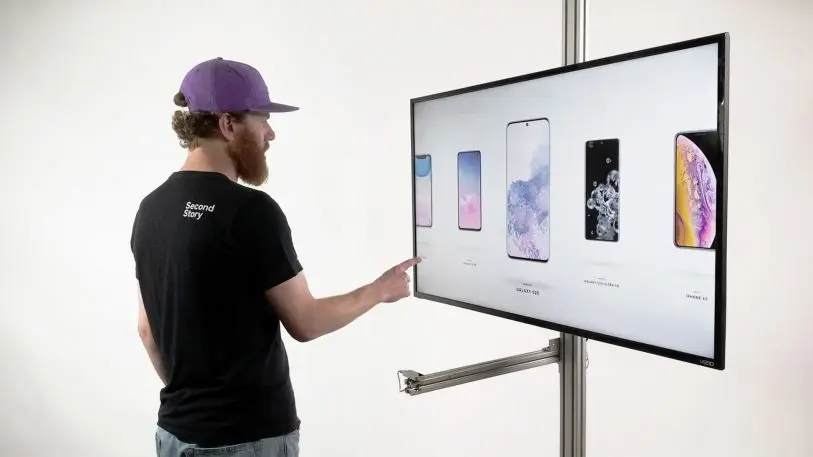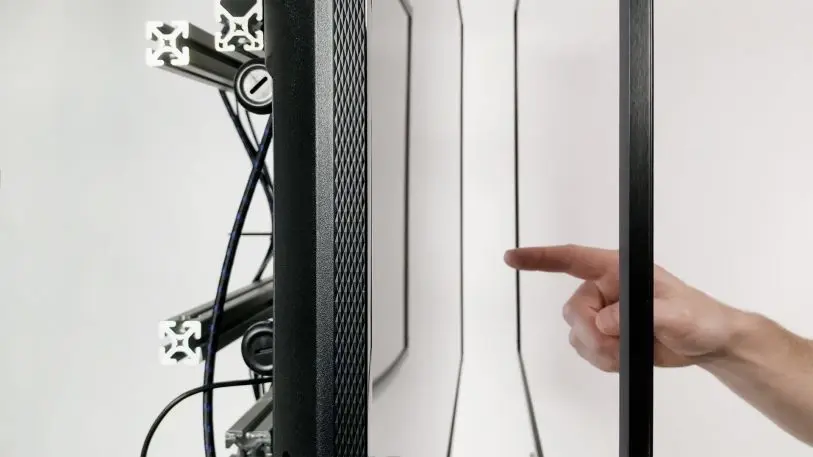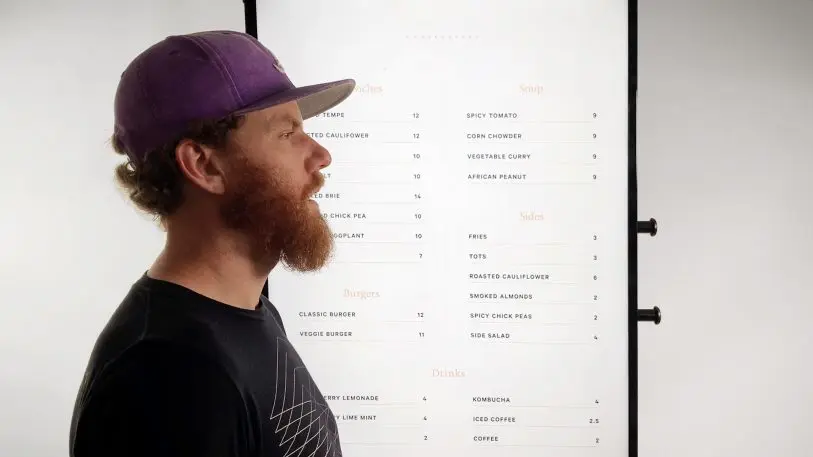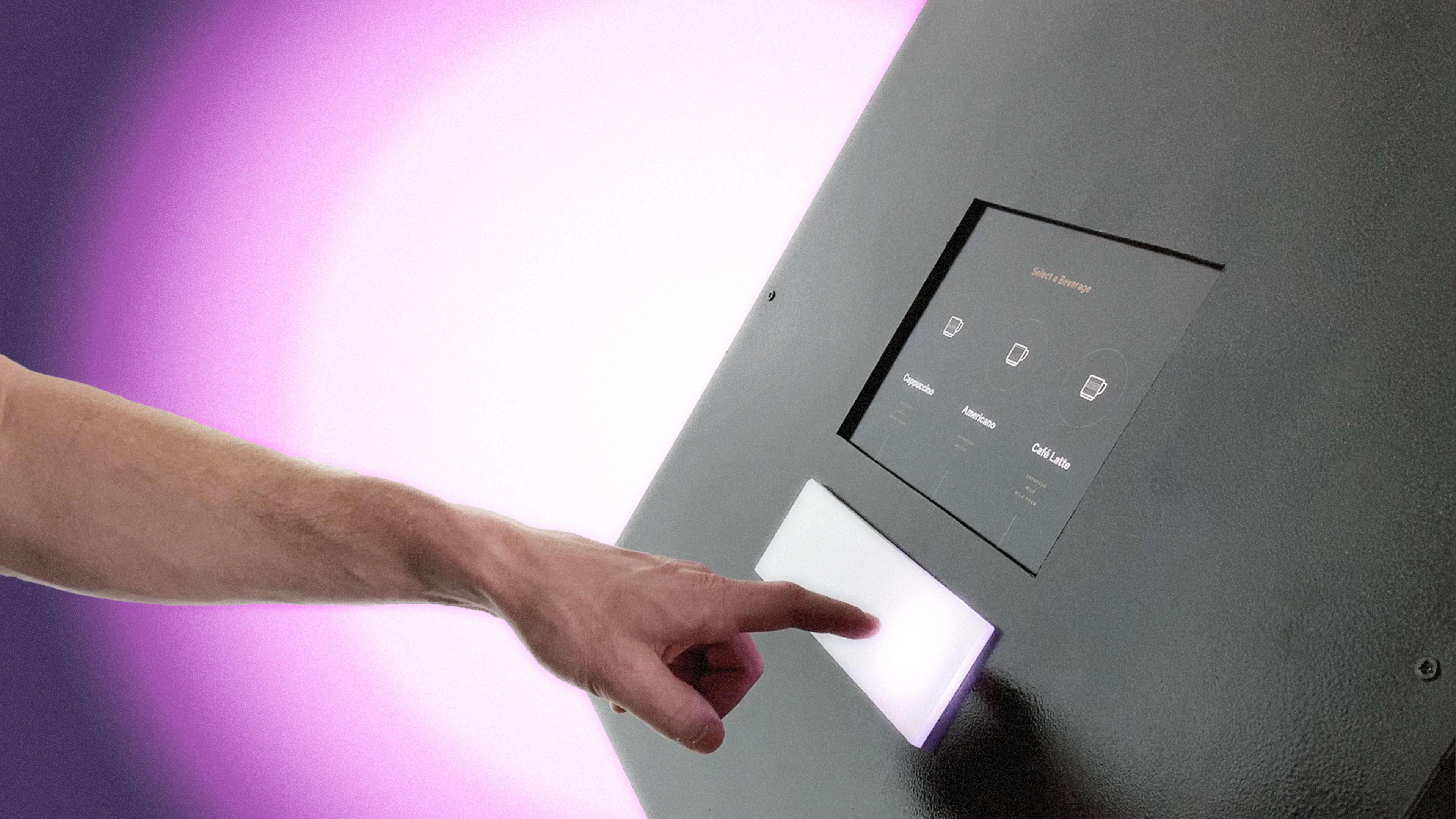It still isn’t clear how easily the coronavirus spreads on surfaces—the CDC says that it’s possible to become infected by touching a virus-covered surface and then touching your face, though it’s “not thought to be the main way the virus spreads.” Still, the virus can last on some surfaces for days, and as businesses reopen, it’s hard for anyone entering a public space not to be hyperaware of all of the places that might have intercepted someone else’s sneeze or cough, from door handles to checkout touchscreens. New technology that doesn’t require you to touch anything could help.
At the experience design agency Second Story, designers recently rigged up some prototypes using zero-touch tech—like an elevator button that can be pressed by hovering a finger in the air and using sensors rather than making contact. In a new program called Adaptive Spaces, the agency is working with retailers, restaurants, museums, and other businesses and organizations to help them reimagine life during the pandemic.

“None of our physical spaces were designed for post-quarantine existence, and so we imagine that for these spaces to reopen in any sort of meaningful way, we have to give it a lot more thought,” says chief creative officer Joel Krieger. Adapting now means finding better ways to limit the number of people in a space at any given time, and the designers are also working on how to safely direct people around spaces in ways that don’t annoy them. Maintaining distance between people is most critical. In some cases, companies are taking the concept so far that they’re shifting business models; Starbucks is now planning to close 400 cafes, replacing them with pickup-only stores. But the designers also see an opportunity for technology to help reduce the chance for the virus to possibly spread on surfaces.
Some zero-touch tech is already mainstream; the first automatic sliding doors became widespread in the middle of the 20th century. But other technology still isn’t ubiquitous. The Leap Motion Controller, for example, can sense someone’s hands using ultraviolet light and sensors, and then uses software to understand how hands are moving. If integrated into a building, it’s suddenly possible to interact with something like a touchscreen without any actual touching. “It’s very, very sensitive,” Krieger says. “It can pick up very subtle hand gestures.” A person could hold up two fingers to input a “two” into a screen, for instance.


The Band-Aid fixes that essential businesses deployed as the first lockdowns began will now begin to be replaced by more careful solutions, he says. “Once we get to a steady state with these improvisations, we’re going to really quickly need to move into the next phase, which is more of an adaptation—being a little bit more thoughtful and deliberate and strategic about these design decisions and implementations.”
Recognize your brand’s excellence by applying to this year’s Brands That Matter Awards before the early-rate deadline, May 3.
